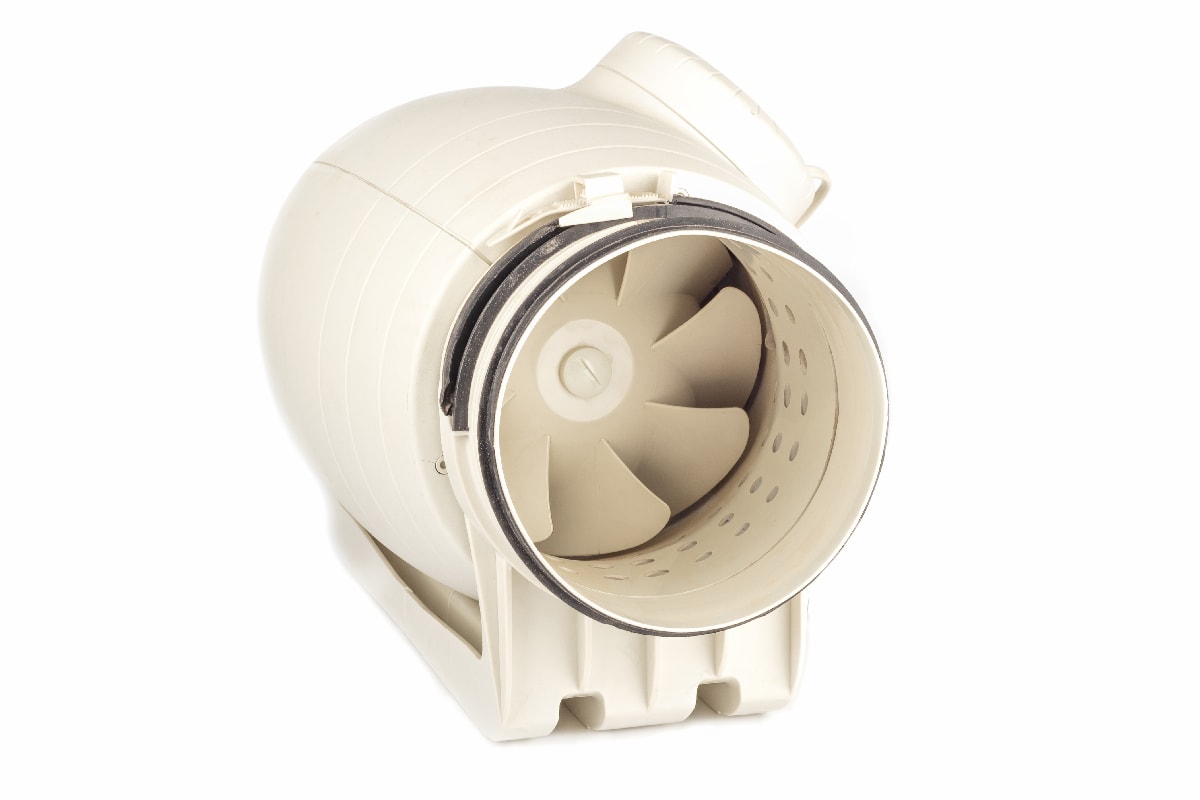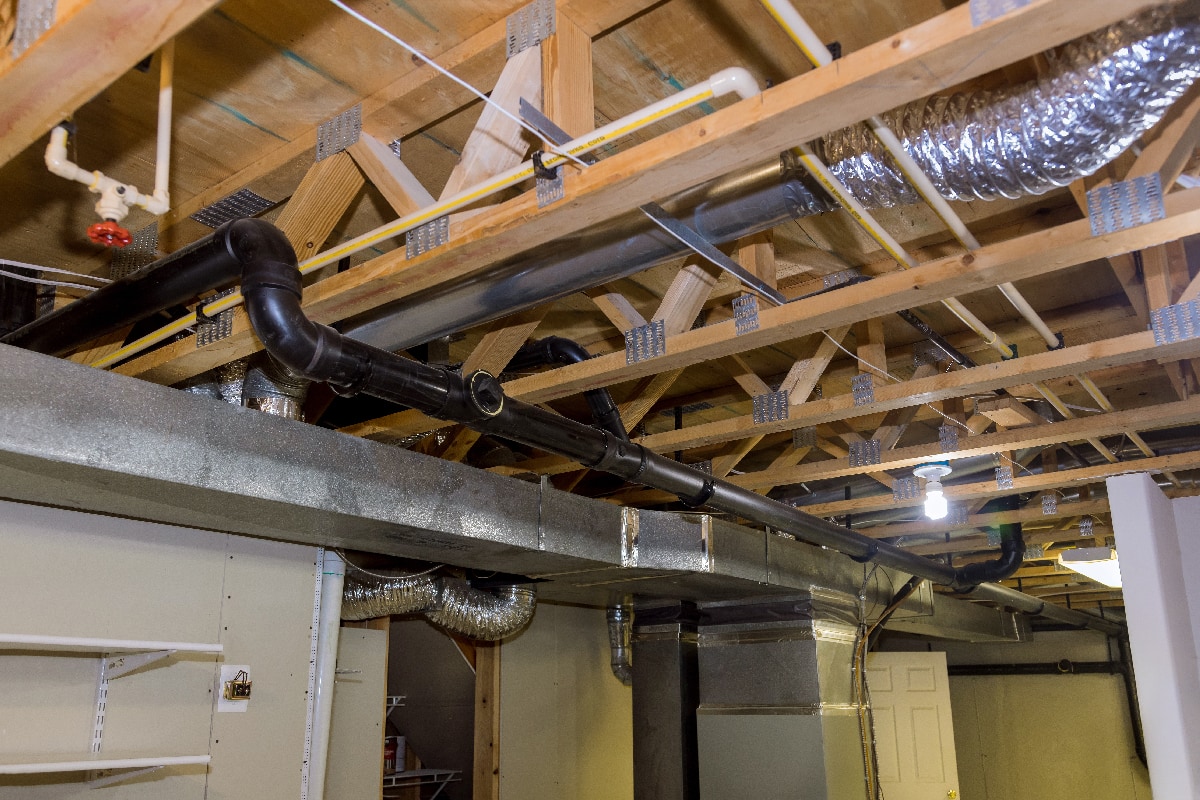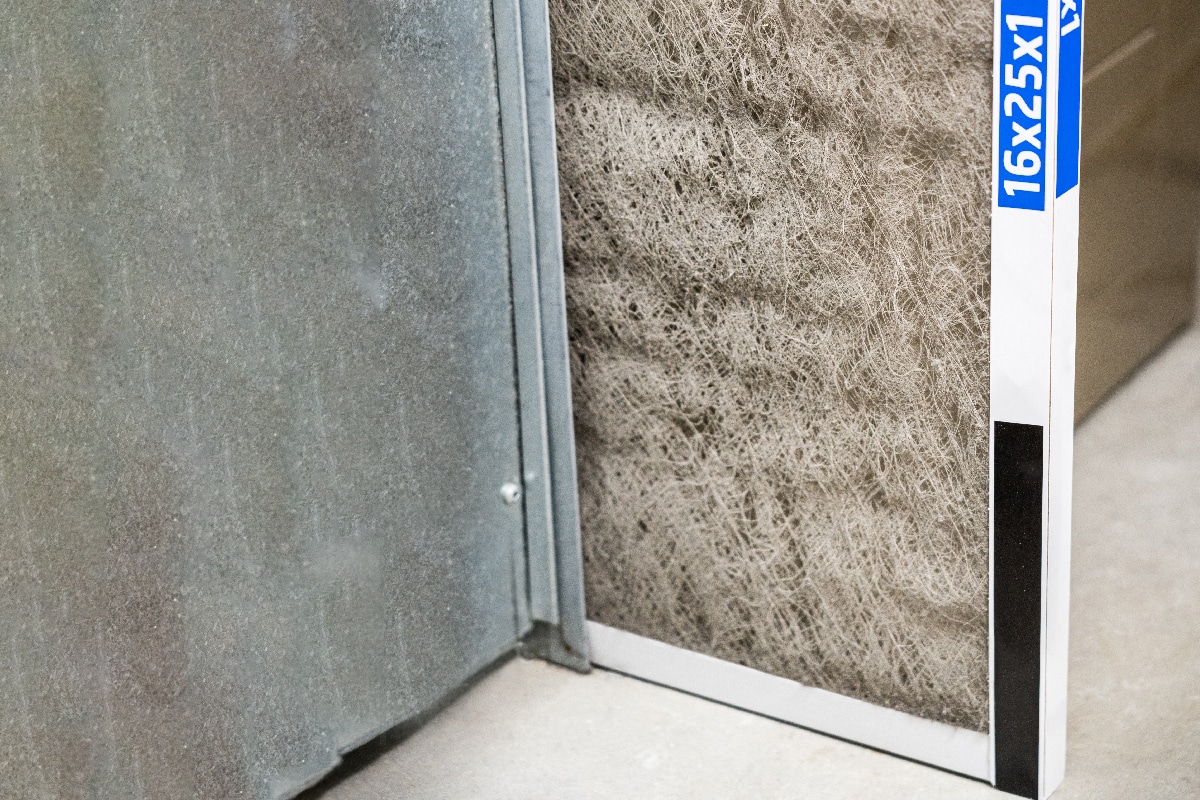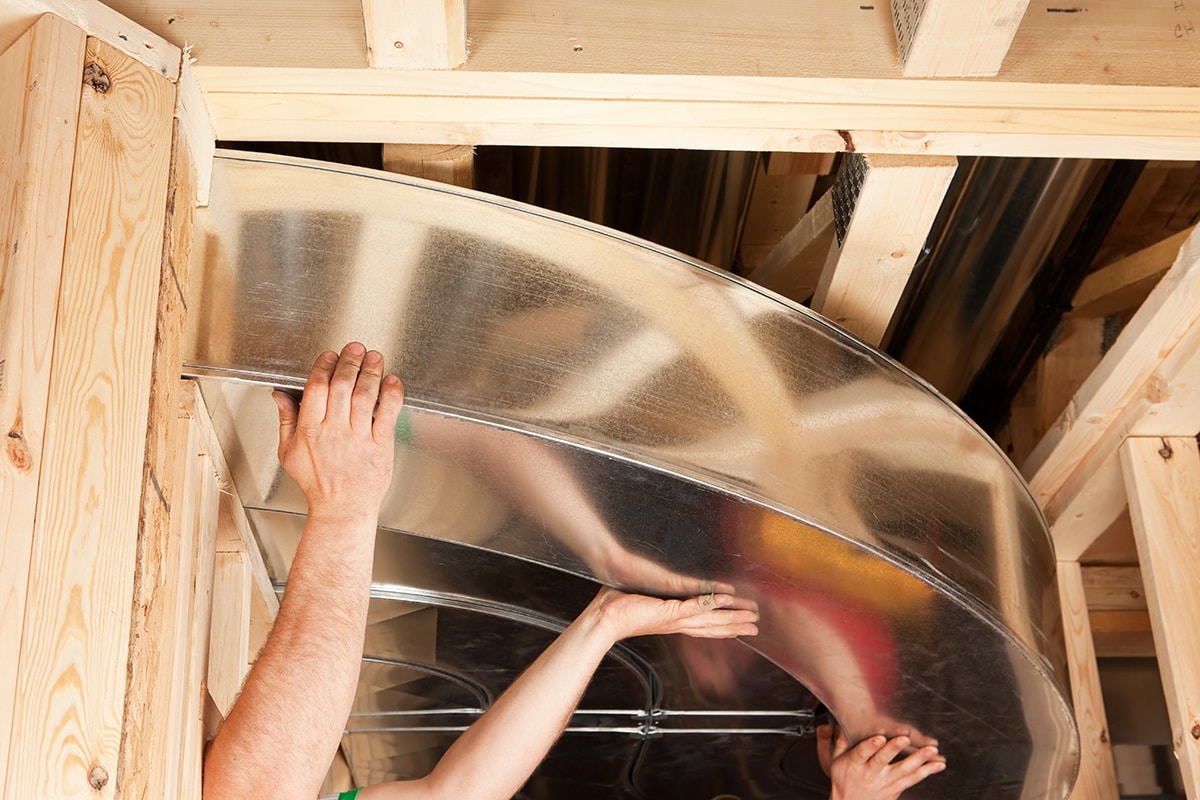When you have a central HVAC system, there will be times when the airflow to your rooms is uneven. And to fix this, you might think of using duct booster fans. But are they effective in increasing the airflow and are they worth investing in? So we researched if they work, and this is what we discovered.
The answer is yes. However, although duct booster fans do increase airflow in particular places, they cannot address the root cause of the issue.
But are these booster fans worth it? Keep reading as we tackle this question in the succeeding sections. We'll also cover how these duct booster fans work, what factors to look for before choosing one, when should you need to use them, and what are its types. Additionally, we'll discuss what might cause the uneven and ineffective air distribution of your central HVAC system.
What Are Duct Booster Fans And How Do They Work?
![A ducted heat recovery ventilation system, Do Duct Booster Fans Work To Increase Airflow [Are They Worth It]?](https://hvacseer.com/wp-content/uploads/2022/09/Do-Duct-Booster-Fans-Work-To-Increase-Airflow-Are-They-Worth-It-e1663128364170.jpg)
In essence, a duct booster fan is a fan that may be mounted on the HVAC system's ducts. A duct fan is often put in lengthy ducting sections before being connected to an energy source.
Duct fans are intended to boost airflow to the farther-flung areas of a building. These are typically found in HVAC systems in homes that require a small boost.
What Factors Should You Consider When Choosing What Duct Booster Fan To Install?
To select the ideal duct booster fan for your job, you must take into account several things. Here are some factors you need to watch out for if you're planning to buy and install a duct booster fan:
- Fan model. The output of the duct booster fans is identical. However, their size, capacity, manner, and other characteristics are distinct. Knowing what you require is essential. Before purchasing a fan, it is a good idea to study the user manual and learn about each fan model's features, advantages, disadvantages, and pros.
- Noise level. Noise production from duct booster fans is common and expected. However, too much noise can interfere with your work. Pick a duct booster fan that runs quietly wherever possible.
- Static pressure. You must choose the proper fan to keep the room's average static pressure constant. At the top of the exhausting area, the duct booster fan creates a low-pressure area. The air velocity also affects static pressure.
- CFM capacity. It is the best method for figuring out how well a fan can exchange air. You could find the details needed for a specific structure's CFM in a proper construction code. Every duct booster fan model lists its CFM capacity as a feature.
What Are The Types Of Duct Booster Fans And Their Pros And Cons?
There are two types of duct booster fans. These are registered fans and inline duct fans.
To fully understand how these types work and their differences, including their pros and cons, you can refer to the table below:
Duct Booster Fan Type |
What Is It? |
Pros |
Cons |
Register Fans |
|
|
|
Inline Booster Fans |
|
|
|
How Much Does A Duct Booster Fan Cost?
You already know that booster fans are an affordable solution to your home's heating and cooling issues. But how much should you budget to spend on one of these gadgets?
Here is a simple guide on how much an inline and a register booster fans cost:
Inline Booster Fan Cost

The costs of the fan alone can range from $30 to $200, and more expensive ones have more advanced controls and a digital display.
The installation fees for these booster fans might increase your bill by about $600, even though the original cost might seem reasonable.
Click here for this product on Amazon.
Register Booster Fan Cost
The price per unit ranges from $30 to $80. Since these fans are plug-and-play, installing them is rather simple, but hiring a professional will cost you an additional $200.
Click here for this product on Amazon.
When Is A Duct Booster Fan Useful?
There are times when using a duct booster fan to increase airflow in ductwork is the best course of action. A booster fan may be the answer if you have a run of ductwork that is too long, but your HVAC system is otherwise in good shape and an upstairs room still feels stuffy or cold.
What Factors Affect The Performance And Effectiveness Of Duct Booster Fans?

Uneven heating and cooling may be remedied by duct booster fans, but it is always preferable to deal with the underlying cause of the issue.
The following are some typical factors that could affect the airflow of your HVAC system and may affect the effectiveness of your duct booster fans:
Clogged Filters

Clogged air filters are one of the main issues that contribute to inadequate airflow. A simple approach to increase airflow and improve the efficiency of the duct fan boosters in your HVAC system is to replace your air filter. Your air filter should be cleaned and replaced monthly and three months, respectively.
Furniture Placement
The arrangement of your furniture in a room is another typical factor in inadequate ventilation. If the air vents are accidentally covered, the airflow will be reduced, which will make the room hot and stuffy. Verify that the air vents in each room have a clear path to circulate air and are completely free of any impediments.
Closed/Covered Dampers
Verify that your dampers are all the way open as well. When a room is empty, these fins are utilized to reduce airflow into it. The possibility exists that they could seal and remain that way, preventing airflow.
Duct Leaks
There is a good probability that your ductwork is leaking if your HVAC system is extremely old. Your ducting's joints start to leak air as the glue on the duct tape dries off. As a result of cool air escaping through these gaps, your HVAC system's overall efficiency is significantly reduced.
Poorly Designed Ducts
Forced air won't circulate throughout the entire house if the majority of the ductwork is located on one side. Similarly, if some duct runs are overly long, less air will flow through them before it reaches the vents.
Airflow turns should be gradual and smooth using duct fittings. To enhance the performance of your duct systems, avoid making tight, sharp twists. The fittings with the shortest corresponding lengths enable the supply of air with the greatest efficiency.
Improper Duct Installation

Poor installation can lead to performance-impairing factors such as sharp bends, kinks in flexible ducts, incorrect sealing, and more.
Broken Supply Registers And Return Air Grilles
Supply registers and return grilles are frequently overlooked components of an effective duct system.
Designers frequently choose the cheapest registers and grilles. They serve much more than only covering the rough apertures from the supply and return ducts, as many people believe.
Supply registers regulate how much conditioned air is delivered and blended into a space. Return grilles are significant from a noise perspective, even though they do not affect airflow. Make sure they don’t hum or sing when the fan is running.
Select registers that best suit the airflow and room you're trying to condition by consulting the grille manufacturer's information.
Where Should a Duct Booster Fan Be Installed?
Booster fans that are situated close to the heating or cooling system produce greater airflow than ones that are placed farther away from the system. The locations where the room needs the best airflow to heat or cool should have duct booster fans nearby.
No matter how far the HVAC system is from the room, a correctly designed HVAC system will have vents and ducts that allow for enough airflow throughout the house. However, a badly constructed system may result in temperature differences throughout the house and need the right positioning of these fans.
Final Thoughts
Duct booster fans help in increasing the airflow in problematic areas of your house. But the worthiness of having one depends on your HVAC system- if it is in optimal condition or if there are some underlying problems.
If you're thinking of installing one, make sure that you first address the issues your HVAC system has to ensure that you're not wasting your money and resources.
Before you go, check out these related articles to learn more:


